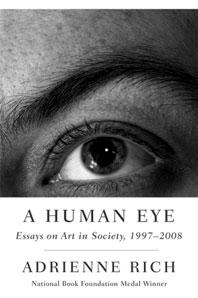Description
In the turbulent decades following the Mexican Revolution, Mexico City saw a drastic influx of female migrants seeking escape and protection from the ravages of war in the countryside. While some settled in slums and tenements, where the informal economy often provided the only means of survival, the revolution, in the absence of men, also prompted women to take up traditionally male roles, created new jobs in the public sphere open to women, and carved out new social spaces in which women could exercise agency.
In Deco Body, Deco City, Ageeth Sluis explores the effects of changing gender norms on the formation of urban space in Mexico City by linking aesthetic and architectural discourses to political and social developments. Through an analysis of the relationship between female migration to the city and gender performances on and off the stage, the book shows how a new transnational ideal female physique informed the physical shape of the city. By bridging the gap between indigenismo (pride in Mexico’s indigenous heritage) and mestizaje (privileging the ideal of race mixing), this new female deco body paved the way for mestizo modernity. This cultural history enriches our understanding of Mexico’s postrevolutionary decades and brings together social, gender, theater, and architectural history to demonstrate how changing gender norms formed the basis of a new urban modernity.

